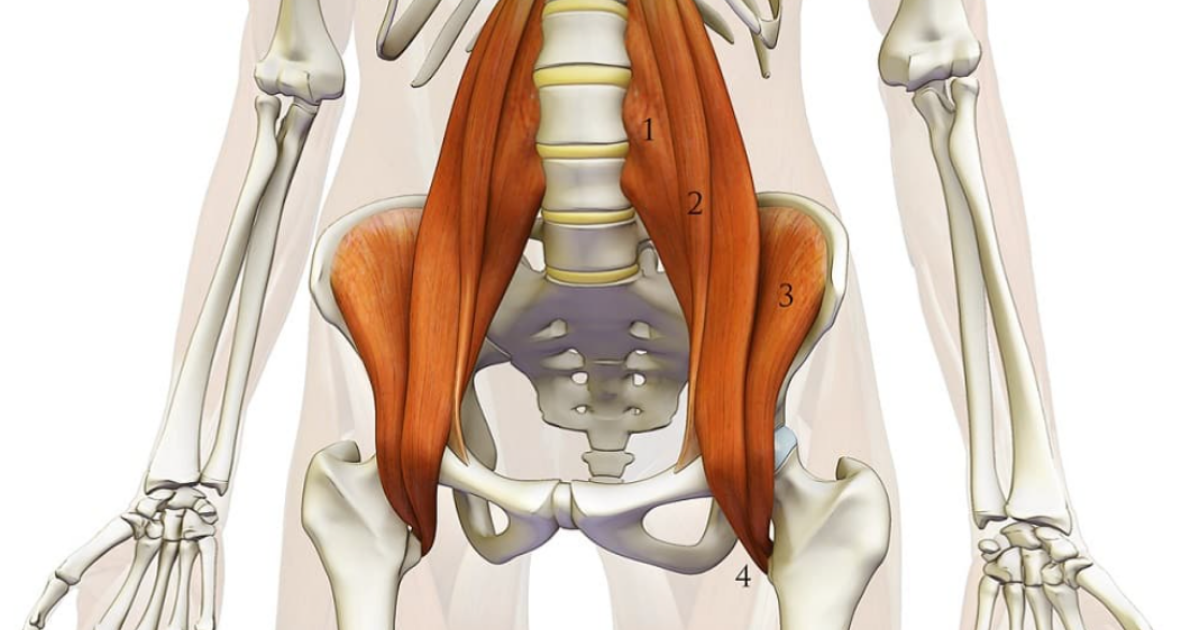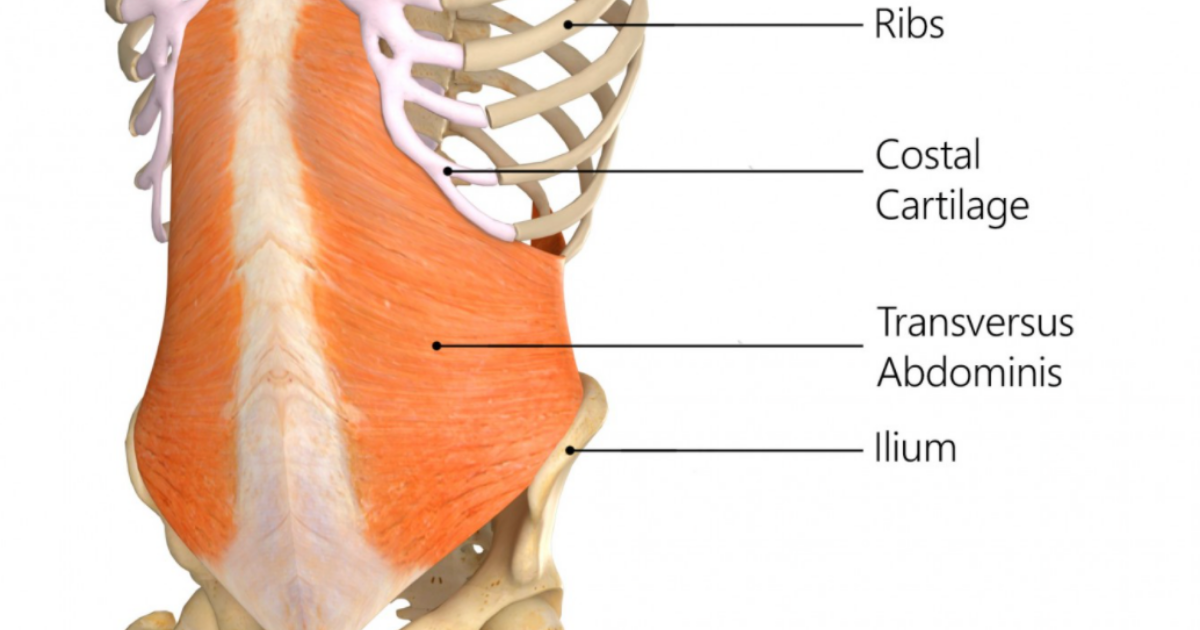
Why Does Your Back Hurt?
Skiing is a wonderful sport that provides us with the rare opportunity to see the mountains from a first person perspective, at speed. From Colorado to The Alps, skiing opens up a whole new world of experience. This experience can quickly be thwarted by nagging back pain and lumbar pressure. There’s nothing worse than having to call it a day because your low back is bothering you. I would know because I almost had to cancel my entire mogul season in 2007 due to low back pain.
There are various reasons why your back may be bothering you including a tight psoas muscle, herniated disc, or tight hamstrings that prevent proper hip flexion mechanics. In this post I will shed light on a few potential causes that plague skiers of all skill levels. You can rest assured that every single program on The Ski System website has received extra attention in exercise selection, hoping to bring balance to the body and strength to the low back.
A worthy disclaimer: I am not a doctor nor am I a qualified physical therapist. These opinions are my own based on 10 years as a competitive mogul skier, and 7+ years as a professional personal trainer, coach, and business owner where I have completed over 10,000 training sessions.
The low back is a tough one. It’s complicated and it’s positioned at a point of loading and flexion regardless of your lifestyle. Our progressively more sedentary lifestyles have only compounded these issues resulting in several negative outcomes. These changes are tight hamstrings, tight psoas muscles (the muscle that connects your lumbar to the front of your pelvis), and a weak Transverse Abdominis (TVA). These three issues work together to create plenty of tension around our lumbar vertebrae. This combined with the fact that most skiers aren’t placing emphasis on deep and dynamic core training make it the perfect storm from prolonged back pain. You can check out a more detailed discussion on the necessary approach to core training HERE
The quickest solution to this type of pain can be found on the table of an effective physical therapist. Someone who is well versed in performing real psoas release techniques. However, this is not for the faint of heart. I can confidently say that the 25-30 minutes it takes to manually release your psoas muscle will be some of the most dull and enduring pain you can experience consciously. Much worse than getting the top of my feet tattooed for 6 hours. Much worse. So go with an open mind and a willingness to work on your breathing as to properly relax and let the therapist do their job. Once this release is achieved, you’ll feel 3 inches taller. In the diagram below you can see the psoas muscles (1,2,3). Now just imagine that you tightened that muscle up (make it shorter). Imagine what that would do to your skeletal position and anatomy. It’s easy to see where the stress begins to present itself. Now compound this with skiing in a flexed hip position (the only position you can ski) and it only gets worse.

The next solution to this issue is to focus on hamstring flexibility. When we sit, the muscles in the back of our leg atrophy. That is to say they get shorter because we’re not using them. Consider someone who sits 8-10 hours a day. This is most certainly not how we evolved into the species we are today. We evolved into what we are because we moved around, foraged for food, and used our bodies almost the entire day. Our hamstrings and quadriceps worked synergistically to propel us through the world so that we could survive and keep moving.
Now, with prolonged sitting, this hamstring atrophy contributes to an unwanted shift in hip mechanics. To experience this, stand next to a wall about 2 feet away. As you bend over, try to touch the wall with your butt and see where you begin to feel the tightness. Most likely your hamstrings will light up like a Christmas tree. Now transition this experience to the snow. Imagine your hips need more range of motion to move over or around an obstacle, accept a landing, or power through tough snow. Where do your hips go? Nowhere, because the hamstrings won’t let them. So then what happens? Your lumbar flexes where it should be neutral and this places extra stress on the lumbar vertebrae and surrounding muscles. You can see how this compounds over time. So takeaway number two is to care for your hamstrings, designate stretching time daily, and attempt to spend more time standing and less time sitting.
Finally, we must talk about strengthening your TVA. In the image below you can see that your TVA provides support and structure, muscularly, where there is none. That’s because your TVA sits below (superficial) to your rectus abdominis (the 6 pack muscles) and also supports your free floating rips all the way to the connection point of the top of the pelvis. Essentially the TVA functions to give support to your trunk beneath the abdominal muscles that are visible if you’re not wearing a shirt. So why do these muscles matter? Because if they are weak or lack endurance, then your lumbar begins to assume the support role because your TVA isn’t doing its job.

To get the TVA to perform its required functions, you must train this muscle in anti-gravitational endurance, anti-flexion, anti-extension, and anti-rotation. If you’re unsure how to do this, rest assured that each Ski System training program has these types of movements baked in. I’ve done the work for you.
By executing dedicated hamstring lengthening stretch time, training TVA endurance, and performing self myofascial release on your psoas, or seeing a physical therapist to perform this professionally, you will have the tools to elevate most back pain. Of course this is assuming you have no preexisting conditions, disc issues, or herniations.
Stay safe and have fun,
- Abe